Text by CLOT Magazine
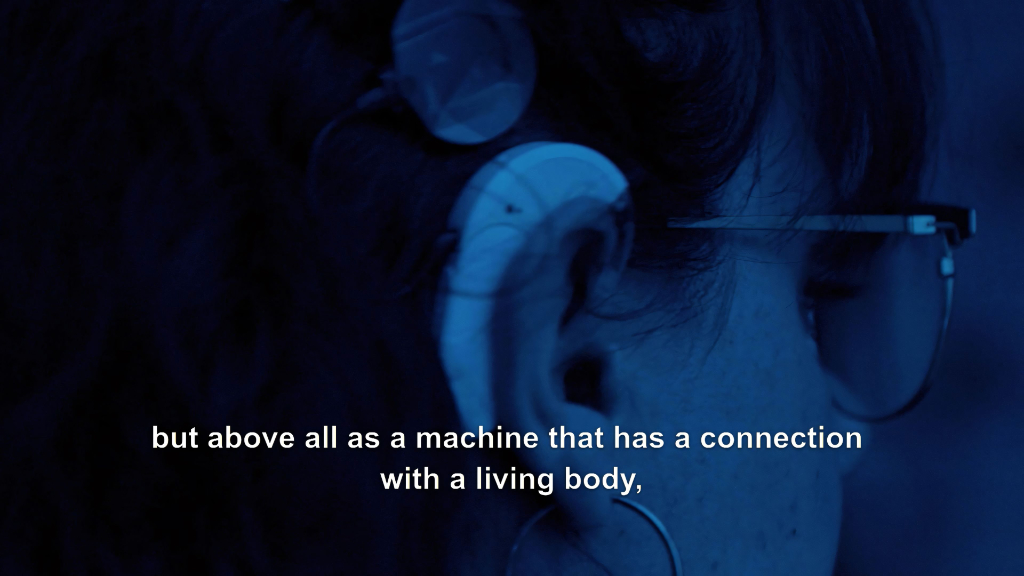
This year’s edition of FIBER Festival delves into the theme Outer/Body with two exhibitions that will explore the interconnectedness of bodies with ecological and technological systems and sound art. Open from May 29 to June 2 at Door Open Space and curated by Jarl Schulp, the exhibition Outer/Body showcases seven artworks by multidisciplinary artists —Marco Donnarumma, Dani Ploeger, Hedwich Rooks, Amos Peled, Lumus Instruments, Roel Heremans, Sissel Marie Tonn— who offer their perspectives on the complex interaction between bodies and their environment. These artists have created sensory compositions that stimulate reflection on social, ecological, and technological themes, bridging the realms of art, media, science, and software development.
What are the boundaries between bodies and the outside world? Are these hard-separated entities as we in the West see ourselves, or are they much more porous and interconnected with the outside world? What ecological systems weave together human and non-human bodies, and what technological developments create divisions between inside and outside, the comprehensible and ungraspable?
In 1995, Roy Ascott said that as we move into the twenty-first century, the interface between ourselves and the outer environment is becoming increasingly digitalised, our perception is increasingly computer-mediated, and our information at the broad level of human affairs is increasingly mediatised. We are less interested in representations of the world than in its virtualisation. We no longer tend to “encounter all things through a rigorous storyline”, which, as McLuhan pointed out, is one of the penalties paid for literacy and a high visual culture (McLuhan and Parker 1968) [1][2]. This digitally mediated awareness has transcended mere perception and is now an incontrovertible truth. It has woven itself into our everyday existence, from which we cannot extricate ourselves, and is challenging the perception of our own embodiment.
The alienation of late technoculture in everyday consumer culture, or more specifically, the constant avalanche of marketing and surveillance terror that one is exposed to even during the most mundane activities like gathering food in a European supermarket, discusses artist Dani Ploeger.
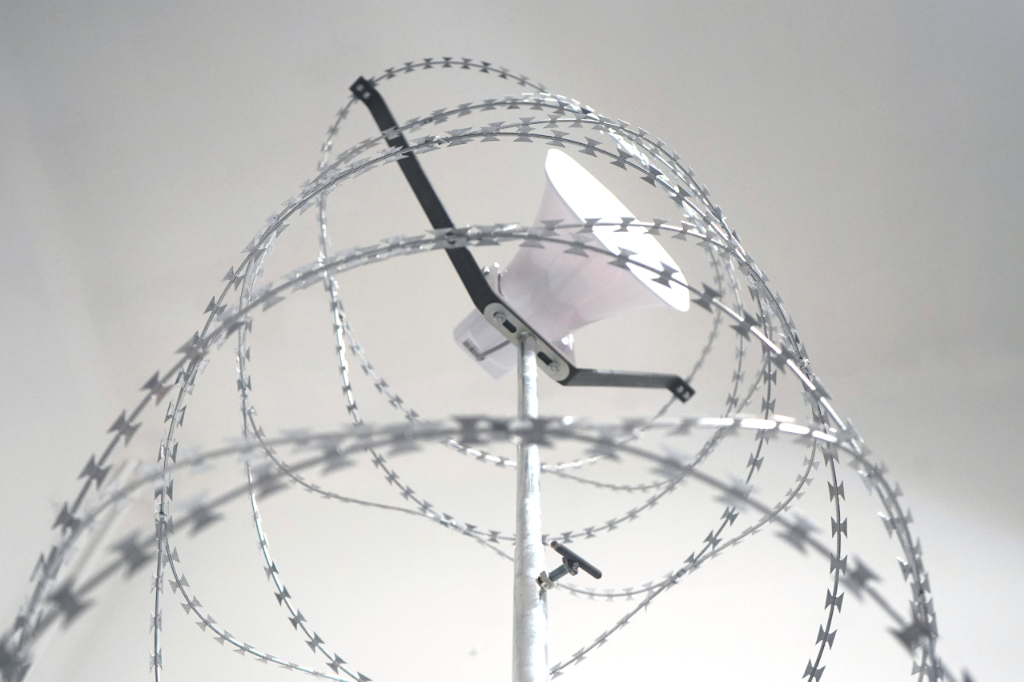
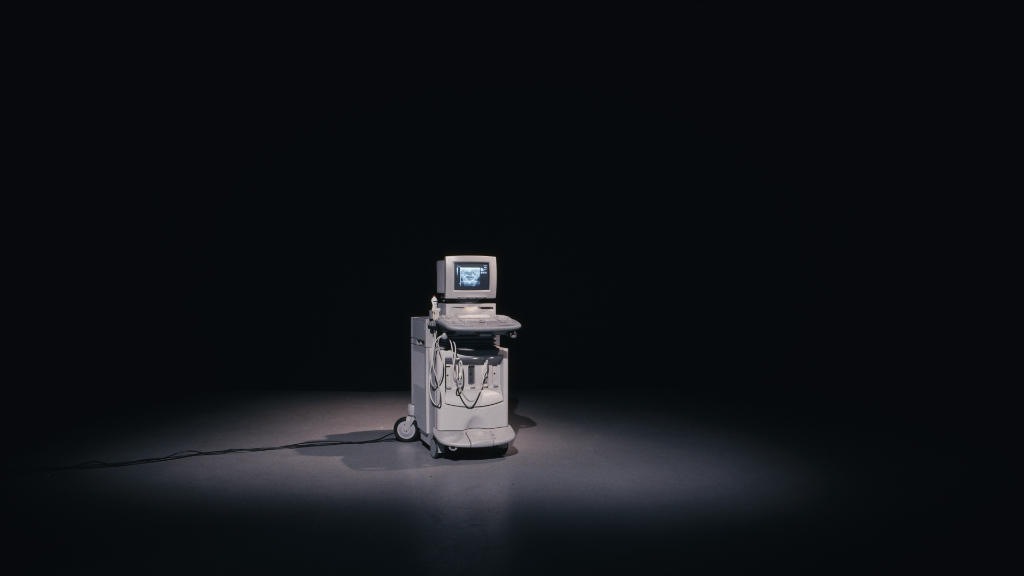
Dani Ploeger presents his work OUR VALUES (2019), an installation in which razor wire produced by the company European Security Fencing (ESF) is attached vertically to a metal stand with a horn loudspeaker, similar to the loudspeakers installed on the Hungarian border fence. The Google Translate voice monotonously speaks the generic-sounding corporate values listed on the ESF website through the loudspeaker.
The notion of a body can refer to the organic body of a human but also to a body politic, a structure that is metaphorically referred to as a body. Nation-states are a prominent example of this. As Ploeger explains, OUR VALUES operates on the intersection of these two understandings of “body”. On the one hand, the work engages directly with physical boundaries, made of razor wire in this case, that are erected to keep human bodies outside a certain territory. On the other hand, the barrier —the EU border fence— is connected to a nation-state-based body of politics deeply invested in creating inner and outer bodies to advance economic interests. Thus, OUR VALUES seeks to highlight the connection between the physical implications of the often seemingly abstract values of a body politic like the European Union.
How technological developments create divisions between the inside and outside of the body is explored in Amos Peled’s Phantom Limb. Peled told us that medical technology was always present in the mediation process for his own health conditions. This idea led him to develop methods and activities that use medical technology as a creative mediation platform. He sees the inside of the body as an alienating space. It is in such strange proximity to us but remains always hidden. Peled uses a medical ultrasound machine that is not invasive and considered to be non-harmful to illuminate this hidden world. Through high-frequency sound waves, abstract 2D black-and-white images and sounds are reflected. In this case, the organs are going through digital meditation using medical technology.
Peled explained that he will broaden his practice this year to include the medical environment and its different communities. He has developed CLEMT (Creative Laboratory for the Exploration of Medical Technology), a platform for participatory, creative, and playful engagement with medical technology. The primary focus of CLEMT is to engage with patients, as they are particularly susceptible to fear and alienation in the medical environment. Even though CLEMT interacts with the medical environment, it can take place both inside and outside of it.
Embodiment is a central topic in the exhibition itself; Embodiment has much to do with that outer/body that the festival is dedicated to: it is an interface, it is a nest, a cradle, a membrane, a thing, a sack of flesh full of liquid and emotions, and a form of agency that has limitless ramifications in the world and, more importantly, onto the bodies of others, says artist Marco Donnarumma, who is presenting the film Niranthea.
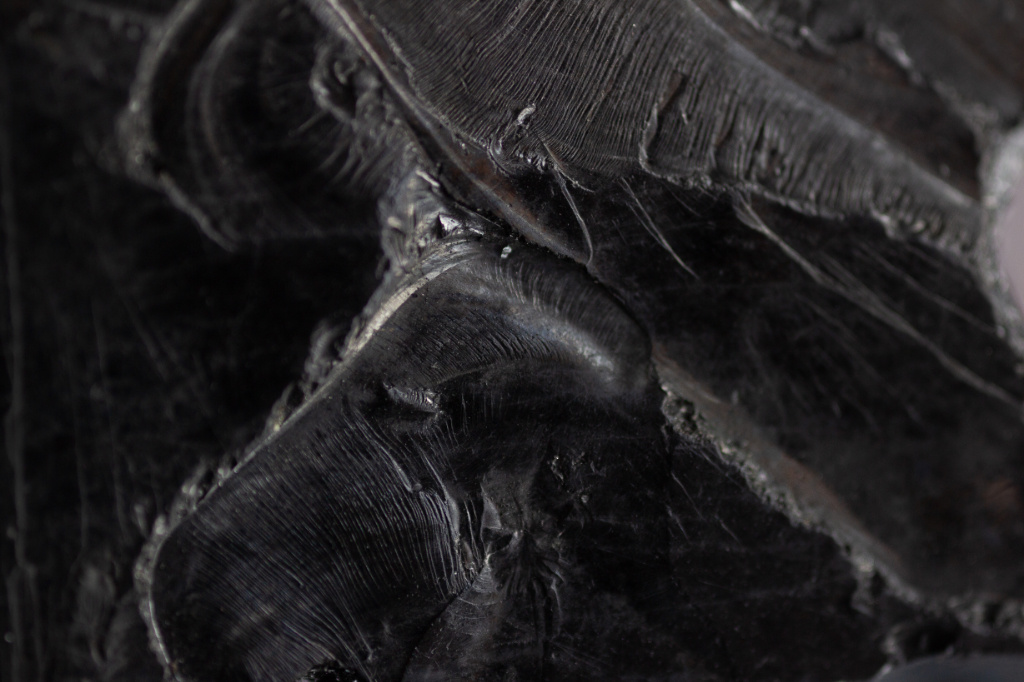
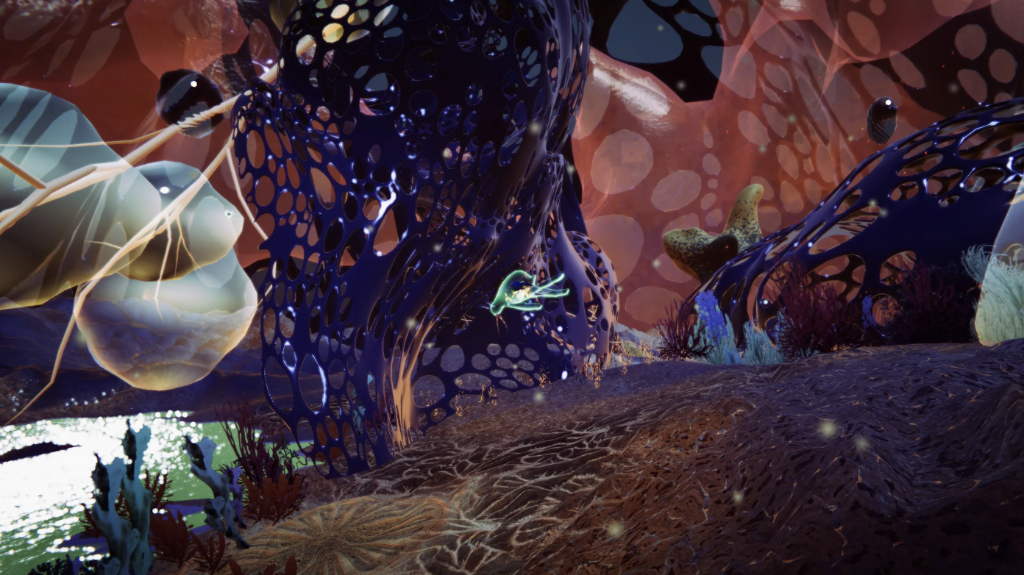
Niranthea (2023) is a hybrid short film and sound work that combines documentary, audiovisual synaesthesia, and AI hearing algorithms to address notions of deafhood, prosthesis, and cyborg. The film lays bare all the contrasts, controversial implications, and potentials of prosthesis through the “voices” of a group of d/Deaf people who reflect and present their thoughts, personal accounts, and ideas that we developed together as a group. It does so poetically and through an intense audiovisual experience so that the thoughts are augmented by visceral sensations in the viewers’ bodies. It is, ultimately, about physical, virtual and ecological connections between bodies, among d/Deaf bodies, and across hearing and d/Deaf, disabled and non-disabled; it is about learning to be affected by the other. Donnarumma continues.
Niranthea is a collaborative process with the d/Deaf and hard-of-hearing group that spent about five months together sharing experiences, making mind-maps, keeping diaries and experimenting with technology. Donnarumma was more interested in exploring one another’s perceptions, so the film is entirely shaped by the arguments they chose to make in view of our communal research process. What I did was augment their thoughts, as they were, through a composition of vibrations, sounds, colours, and images to add a layer of direct and immediate sensations to the group’s ideas.
Other artists participating in the exhibition and exploring the theme from different perspectives are Sissel Marie Tonn with The Sentinel Self (2022—now), an interactive artwork built with a game engine reflecting the relationship between human immune systems and environments increasingly polluted by microplastics. Lumus Instruments’ POLYNODE VII (2024) makes digital infrastructures experienceable and plays with how we interact with the behaviour they exhibit. Roel Heremans’ The NeuroRight Arcades (2022) is an interactive installation that introduces visitors to NeuroRights and helps them understand their intrinsic importance. Hedwich Rooks’ PetrifiCāre (2024) stems from a fascination with coal’s supernatural and embodied power and how our contemporary lives and medical technologies are intertwined with it.
The other festival exhibition is part of the Neighbouring Frequencies programme, co-organised with Brakke Grond. This programme will also include two days of installations, performances, and lectures on 31 May and 1 June. Visitors will be invited to learn about sound art’s history, present, and possible future from the perspective of Flemish-Dutch collaborations while also looking at developments in Wallonia.
The exhibition Neighbouring Frequencies—de Brakke Grond, on view from 29 May to 16 June, will showcase the work of five sound artists—Els Viaene, Floris Vanhoof, Oussama Tabti, Stijn Demeulenaere, and Luis Lecea Romera—who are exemplary of the interconnectedness and richness of sound art in and around The Netherlands and Belgium. Listening to their sculptures and installations, we will learn about the hidden dimensions of our environment and the relationships between landscapes, humans, and non-humans.
The festival also includes a context programme with talks and discussion panels expanding on the festival’s theme, including a conversation with Mackenzie Wart‘s discussion of On Raving And Bodies, Outer/Space, the talk Exploring Quantum Bodies and More Than Planet Knowledge with Libby Heany, and a conversation with Ramon Amaro on Race and Machine Learning.
Find tickets here.





